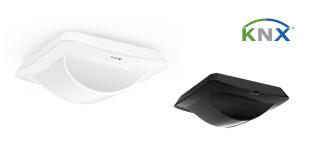
Simon Buddle explains why the diagnostic capabilities of KNX devices make fault finding so much easier.
As part of my day-to-day world, I interact with managing agents for properties. They, by and large, need solutions to any manner of issues that tenants may have. These range from simple broken keypads to more complex heating or cooling troubleshooting. As part of this work, I must occasionally help with, shall we just say, ‘other’ systems. Not my choice, but as I have a relationship with the management company, it would be churlish not to help them.
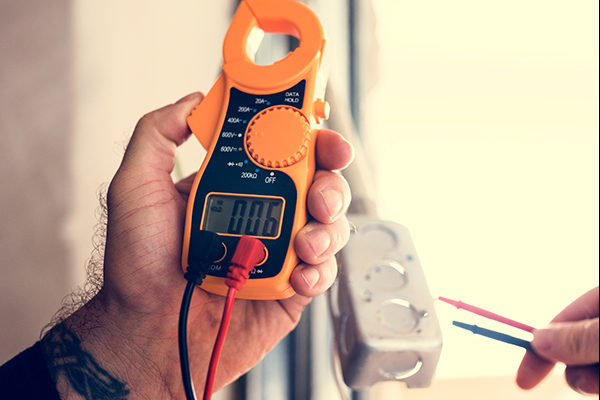
This one particular property management company I’ve been working with has a house with a lighting control system that has been hit by some sort of power surge – the install predates SPDs (Surge Protection Devices). The net result of this was that a lot of lights and DALI drivers failed. Many electrical contractors attended and duly sucked their teeth whilst gently backing away out of the door. The system is largely DALI; a scary world for some it seems. So, in we go and change out more than 50% of the luminaires. Job done.
Working with DALI
DALI is, for me, the ‘go to’ lighting protocol. It is robust, offers tuneable white, RGBW, emergency lighting, and error reporting. But the most important reason for loving DALI is that it dims incredibly well down at the low end; 5 percent, 3, 2, even 1. Most phase-dimming products, including actuator and lamp as the two constituent parts in this act of dimming, don’t dim much past 20%. Well, when I say that this is the most important reason for loving DALI, what I mean is that it is the most important ‘client facing’ function.
Roll on a few months and we get a call to say that a few of the new lights (and drivers) we’d installed were no longer working. Very odd – we’d used these drivers hundreds of times and not had any issues. This continues to happen for the best part of a year. We take them out, test them and find them to be working perfectly. More detailed fault finding brings us to the conclusion that the DALI bus wiring is the problem. But here’s the issue at hand; this particular control system had one piece of fault-finding information available which said, ‘the DALI bus wiring may be over/under voltage.’ That was it!
KNX fault finding
When I compare the functions and tools that we KNX professionals have at our disposal, it just makes sound engineering sense to use KNX products. Here are three simple examples:
Jung DALI-2 Gateway
With the Jung DALI-2 Gateway, I can see short circuits, power supply problems, control gear issues and whether the bus communications are problematic – powerful stuff if you’re trying to diagnose faults.
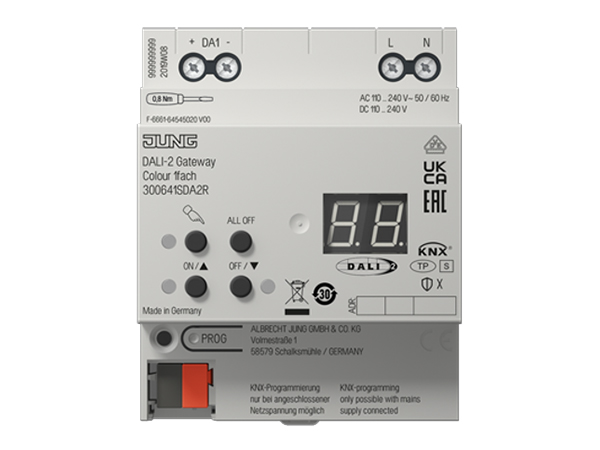
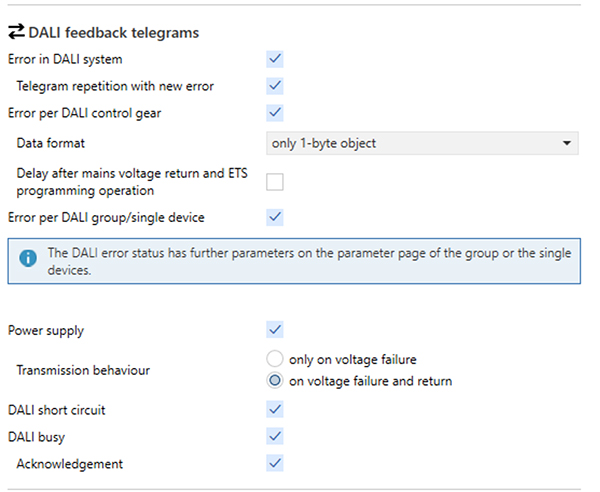
Zennio NarrowDIM X4
Likewise, the Zennio NarrowDIM X4phase-dimming module can provide a multitude of diagnostic information on a channel-by-channel basis. This has helped me several times when I’ve sent a module to a remote site where it is then wired in by the local electrician who may be less familiar with KNX.
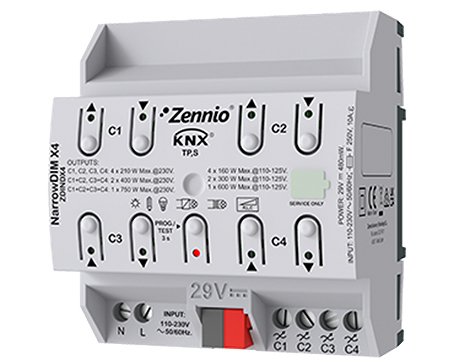
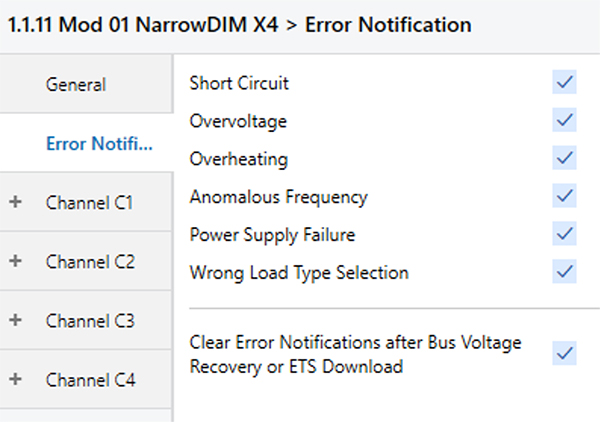
Meanwell KNX Diagnostics PSU
To know the temperature of my PSU, as well as simple details such as bus load, voltage and current, helps me sleep easily at night. Moreover, it gives me insight into issues that might take several hours to diagnose with a multimeter and having to remove bus legs one a time.
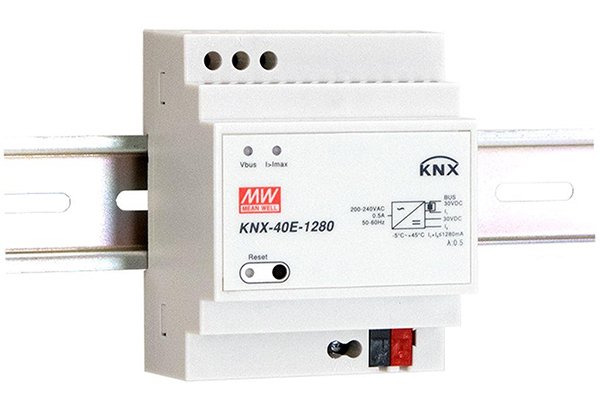
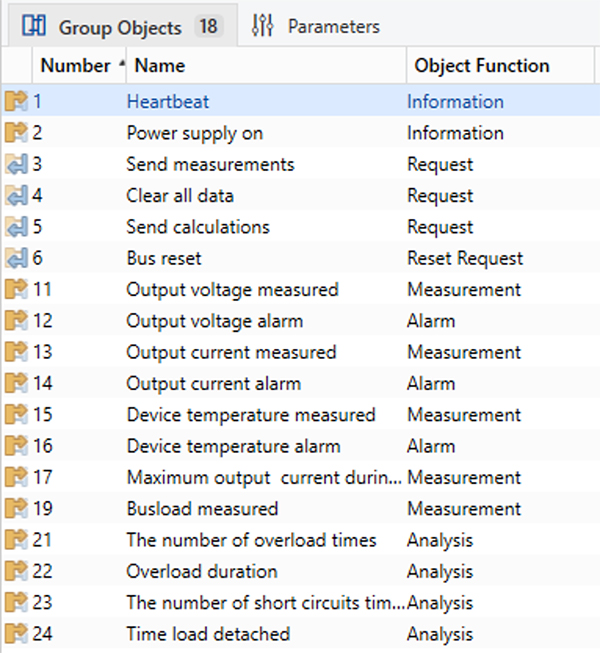
There are many other examples of products in the KNX range that provide valuable diagnostic information – not just about themselves but about the field wiring that is connected to them. For example, the Theben HMG 6 heating actuator knows when the valves go into short circuit. The Zennio Railquad has an error signal if the temperature sensor attached to it fails. The list goes on.
Choosing the right products
Whilst diagnostic features aren’t necessarily client-facing and therefore probably won’t clinch the deal in the sales pitch, they are invaluable to us as installers. Why do we choose one actuator over another? Price, size, functionality – sure. But from a business perspective, creating a product set that hangs together, gives customers the functions and features they like, enables us to make a little bit of money and, most importantly, stands the test of time, is one of the most challenging areas we must navigate. Almost daily, we see new products come to market, we are called by enthusiastic sales reps, and we receive emails regarding the latest, greatest device soon to be released.
Conclusion
Each product we sell has the capacity to make money or lose money for our business. With this in mind, it is worth considering how each product can save time (and, in turn, money). The better our choices, particularly over time, the better the business will fare and the stronger its customer base will become. Being able to identify and rectify faults quickly and accurately saves us money and makes our business look professional. KNX gives us that opportunity; it’s built into the devices. It’s just a question of making the right choices.
Simon Buddle CEng MIET, is a consultant for Future Ready Homes, a specialist in BMS and ELV services system design.










